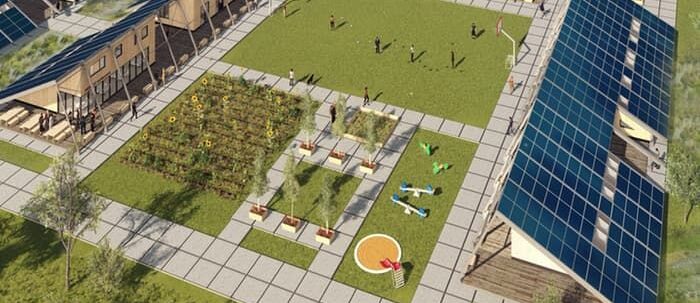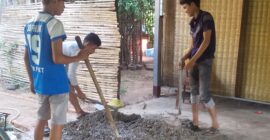Hello friends, I am still researching self-sufficiency, so I have written the following article in which I explain that it is a totally self-sufficient community and I leave you with some examples of energetically self-sufficient communities.
Self-sufficiency refers to a person or community’s ability to provide their basic needs without relying on external resources. This can include food production, power generation, home construction, and manufacturing of products necessary for daily living.
Self-sufficiency can be achieved through a variety of methods, such as organic farming, permaculture, recycling, green building, and the development of sustainable technologies. In addition to reducing dependency on external resources, self-sufficiency can also help improve food security, resilience to natural disasters, and overall quality of life.
Although self-sufficiency can be desirable in many situations, it can also present challenges. For example, it may be difficult for a single community to produce all the goods and services it needs, and it may be necessary to import or export certain products. Additionally, full self-sufficiency can be expensive and may require a great deal of effort and dedication.
There are several ways in which a community can achieve energy self-sufficiency. Some of the more common options include:
Solar Power: Solar power is a renewable and sustainable way of generating electricity. Solar panels can be installed on building roofs or in open areas and used to power homes, businesses, and entire communities.
Wind energy: Wind energy is obtained through the energy of the wind and can be used to generate electricity through wind turbines. These turbines can be installed in open areas or in the sea to take advantage of strong winds.
Hydroelectric power: Hydroelectric power is obtained through the energy generated by the movement of water in rivers, streams and dams. This is a renewable and sustainable way of generating electricity.
Geothermal energy: Geothermal energy is obtained through the internal heat of the earth and can be used to generate electricity and heating.
An example of a community that has achieved energy self-sufficiency is the island of Samsø in Denmark. It is considered the first sustainable and self-sufficient island in the world that works entirely with renewable energy. The island is completely self-sufficient in terms of energy and relies on a mix of wind, solar and hydroelectric power. The island also promotes the use of electric vehicles and energy efficiency in buildings. The Samsø community has been a model for other communities around the world seeking to achieve energy self-sufficiency.
An example in Japan is the city of Kitakyushu, which in 2007 was the first eco-city recognized by Japan. His model is to achieve economic growth without harming the ecology. Wind energy, solar energy and recycling are common in this Japanese city.



